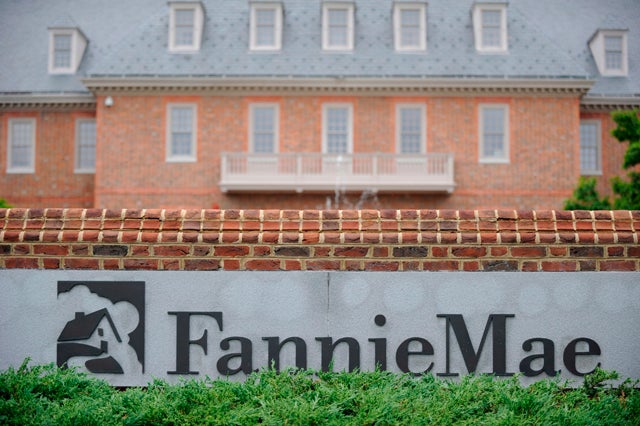Nearly five years after one of the largest federal government bailouts in American history and the enactment of a colossal federal regulatory law (Dodd–Frank), policy leaders still wrestle with the question: How to end government guarantees in the U.S. housing finance system?
To address this issue, Heritage analysts John Ligon and Norbert Michel hosted an event that examined the role of government guarantees in the U.S. housing market.
The panelists—which included Mark Calabria from the Cato Institute, economist and former Freddie Mac employee Arnold Kling, AEI resident scholar Alex Pollock, and analyst and partner at Graham Fisher and Company Josh Rosner—joined in agreement on the need to eliminate government guarantees in the U.S. secondary mortgage market.
The federal government’s record of using Fannie Mae and Freddie Mac, the two prominent government-sponsored enterprises, to push mortgages on millions of poor-credit borrowers represents the worst of government-led housing policy.
Ultimately, this system costs the taxpayers when the system collapses (whether through absorbing interest rate and/or credit risk) and homeowners when they fail on their mortgages.
We need a system that provides incentives for responsible and financially prudent homeownership, not a system that is led (and guaranteed) by government and continually pushes marginal (or sub-marginal) credit-worthy borrowers into mortgage debt they cannot responsibly manage.
And we should not focus on reform measures that claim to solve a problem that they don’t.
Given the current landscape in the U.S. mortgage market and historically low interest rates, this is perhaps the best time to wind down Fannie and Freddie.
Doing so—and not replacing them with any new broad government guarantee—would likely have substantially less impact on future interest rates for mortgage borrowers than Federal Reserve policy.
There is also no reason that eliminating the interest-rate subsidy generated by Fannie and Freddie activity would necessarily cause more instability in the U.S. housing finance system. In fact, it is quite likely to have the opposite effect on the U.S. housing market.
The U.S. does not have a national housing market as much as we do regional housing markets, as Calabria noted. Thus, local land-use supply regulations are much more likely to have continued effects on regional housing affordability than eliminating a government backstop in the U.S. secondary mortgage market. (High-conforming loan limits in certain high-cost metropolitan statistical areas also have a much more distortive impact on affordability as well.)
Moreover, as Pollock commented, when faced with a problem the government itself creates, it simply writes a new regulation to try to solve the problem. The same concept, in this instance, applies to the guarantee the federal government places behind Fannie and Freddie.
As we look to the future, U.S. policy leaders should remained focus on reforming the U.S. housing finance system that does not replace one set of government guarantees with another.
Heritage has outlined meaningful, conservative reform of the U.S. housing finance system here, here, and here.
Filip Jolevski is currently a member of the Young Leaders Program at The Heritage Foundation. For more information on interning at Heritage, please click here.
